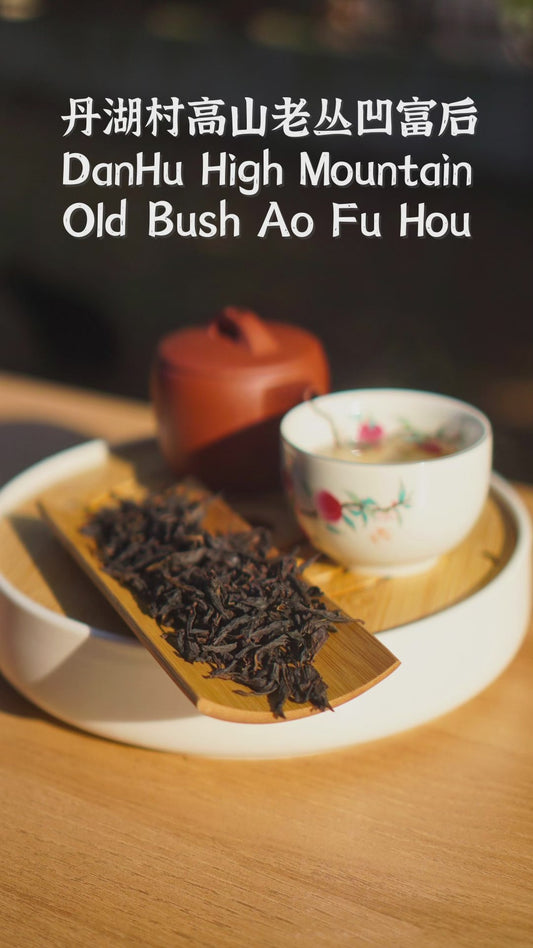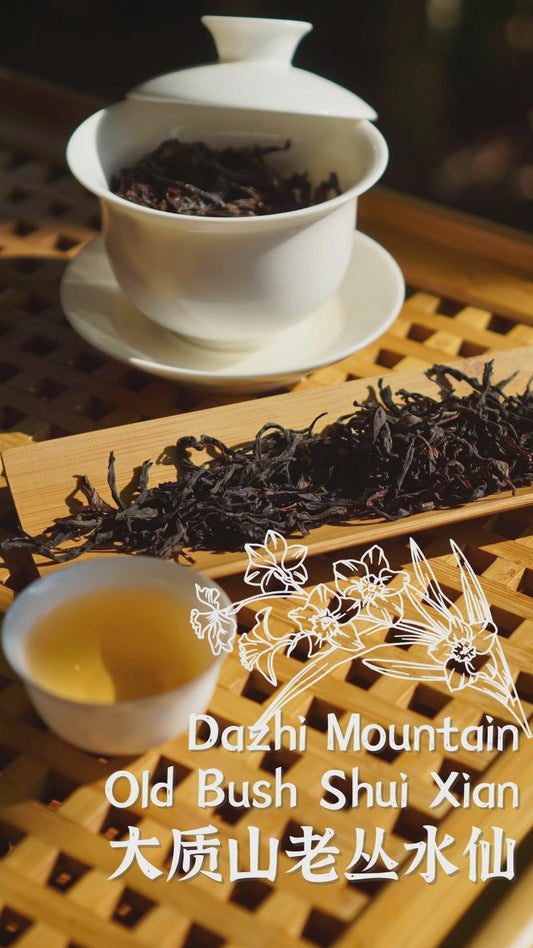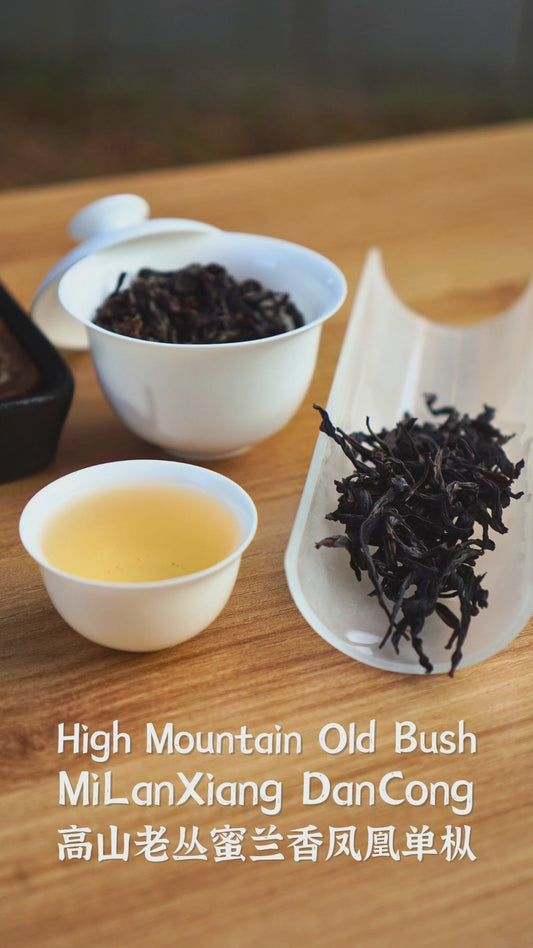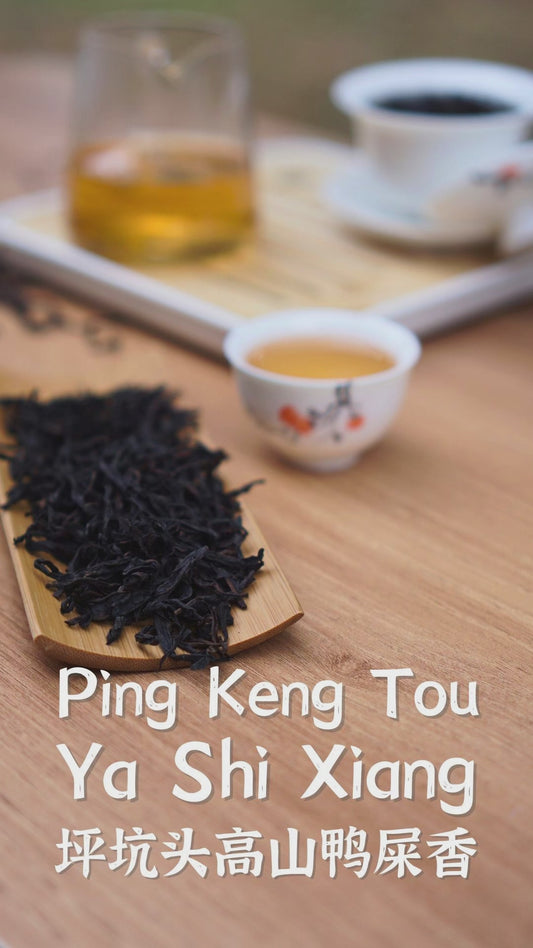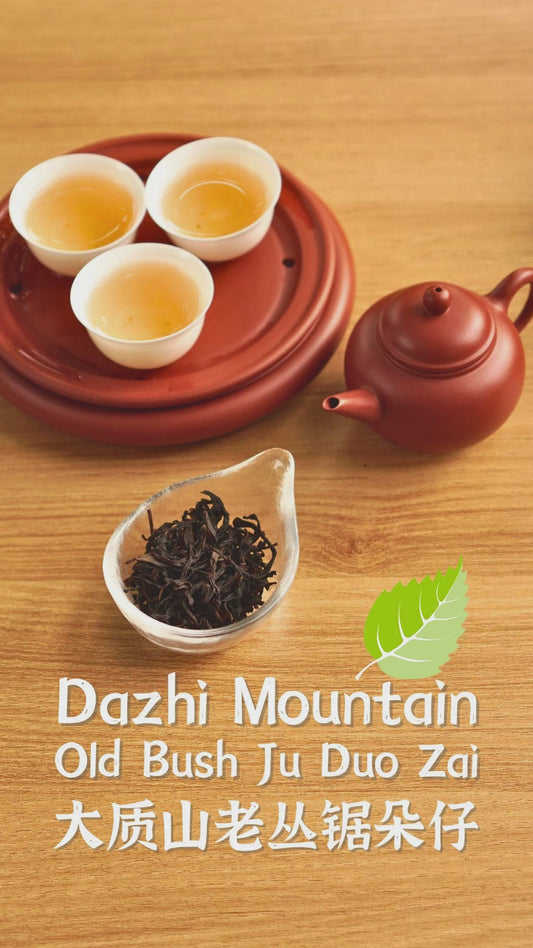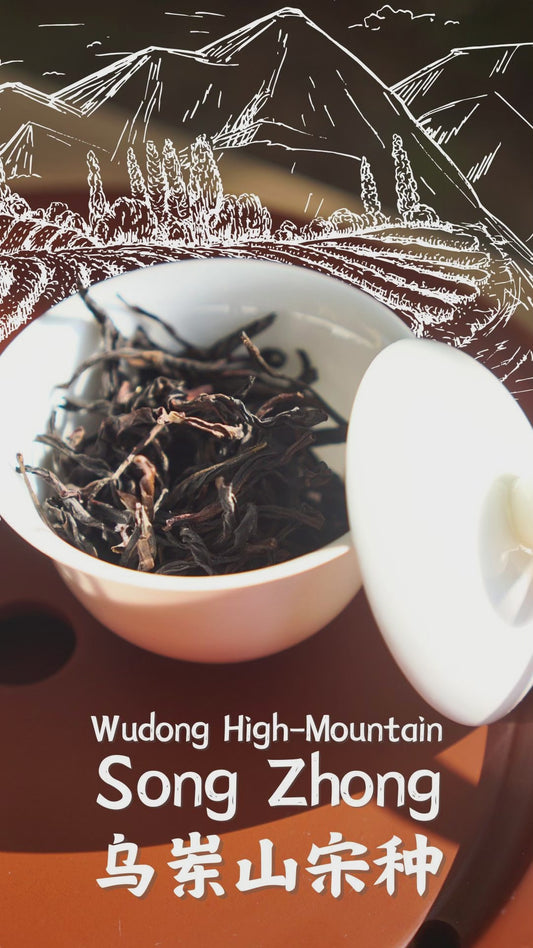Collection: Oolong Tea
First discovered in the 17th century (later than other teas), in Fujian Province of China, Oolong is said to have evolved from the tribute ball tea of the Song Dynasty.
Half-fermented, processed by both green tea and black tea techniques, Oolong boasts green tea's fragrance and black tea's taste.
Carefully picked and processed, Oolong's tea-making process represents a standard widely used in making other teas. Brewing in hot water, the edges of the green tea leaves turn red, earning it the term "green leaf red edge."
More than 300 years' development has led to several kinds of Oolong, and the unique flavor and taste attract more and more Oolong fans.
Oolong Tea Classification
Different locations and diverse tea tree types produce different qualities having unique tastes. Oolong is generally classified as:
According to the location: Fujian Oolong (North Fujian Oolong and South Fujian Oolong), Guangdong Oolong and Taiwan Oolong.
According to the shape: Bar, hemisphere and granular Oolong. Bar Oolong is mainly produced in north Fujian and Guangdong; the other two kinds are produced in south Fujian and Taiwan.
According to quality: Light fragrance and rich fragrance, the former taking most of the market share.
-
DanHu High Mountain Old Bush Ao Fu Hou
5.0 / 5.0
(3) 3 total reviews
Regular price $215.00 USDRegular priceUnit price / per -
Dazhi Mountain Old Bush Shui Xian
5.0 / 5.0
(4) 4 total reviews
Regular price $239.00 USDRegular priceUnit price / per -
High Mountain Old Bush Mi Lan Xiang
4.75 / 5.0
(4) 4 total reviews
Regular price $169.00 USDRegular priceUnit price / per -
Ping Keng Tou High Mountain Ya Shi Xiang
Regular price $99.00 USDRegular priceUnit price / per -
Shi Gu Ping Old Bush Ju Duo Zai
5.0 / 5.0
(2) 2 total reviews
Regular price $185.00 USDRegular priceUnit price / per -
Wudong High-Mountain Song Zhong
5.0 / 5.0
(3) 3 total reviews
Regular price $275.00 USDRegular priceUnit price / per

